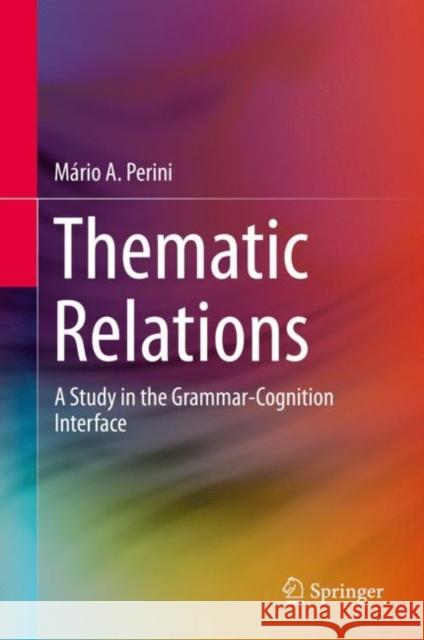Thematic Relations: A Study in the Grammar-Cognition Interface » książka
topmenu
Thematic Relations: A Study in the Grammar-Cognition Interface
ISBN-13: 9783030285371 / Angielski / Twarda / 2019 / 245 str.
Thematic Relations: A Study in the Grammar-Cognition Interface
ISBN-13: 9783030285371 / Angielski / Twarda / 2019 / 245 str.
cena 442,79
(netto: 421,70 VAT: 5%)
Najniższa cena z 30 dni: 424,07
(netto: 421,70 VAT: 5%)
Najniższa cena z 30 dni: 424,07
Termin realizacji zamówienia:
ok. 22 dni roboczych
Dostawa w 2026 r.
ok. 22 dni roboczych
Dostawa w 2026 r.
Darmowa dostawa!
Kategorie:
Kategorie BISAC:
Wydawca:
Springer
Język:
Angielski
ISBN-13:
9783030285371
Rok wydania:
2019
Wydanie:
2019
Ilość stron:
245
Waga:
0.54 kg
Wymiary:
23.39 x 15.6 x 1.6
Oprawa:
Twarda
Wolumenów:
01
Dodatkowe informacje:
Wydanie ilustrowane











